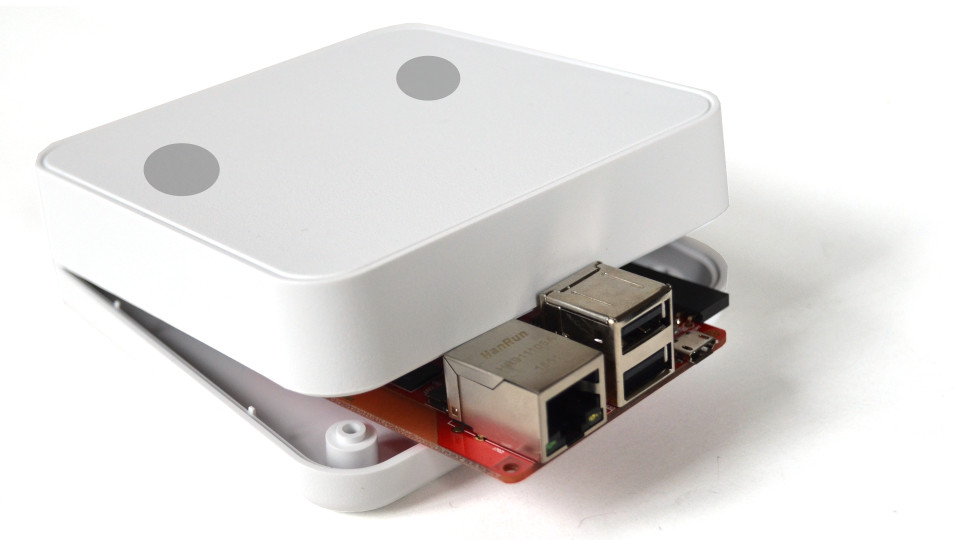If you’re familiar with our blog posts, you’ll know we never get bored populating them with puns (oof, there they are already). In case it isn’t obvious, the title is playing on the word case: we’ll be talking about enclosures here. Specifically,
why is open hardware so seldom designed to take advantage of an off-the-shelf enclosure?
In other words, why invest the time and energy to develop a hardware board that doesn’t fit in any standard box? For those who are less familiar with hardware development, one of the first steps in designing the physical board (PCB) on which the circuits and components reside is to establish its dimensions, shape and the location of the holes with which it can be mounted into an enclosure. At this point, it would be straightforward to choose a commercial off-the-shelf (COTS) enclosure that closely matches the target dimensions, and adjust these and the locations of the mounting holes in consequence.
Why does the board need to fit in a standard enclosure? Again, for those less familiar with hardware development, developing and producing a custom enclosure typically runs in the tens or hundreds of thousands of dollars. A COTS enclosure might cost $5 and will be available in small quantities. The economics speak for themselves, especially when many projects based on open hardware require only tens or hundreds of completed units.

Case in point (pun intended, of course), the first generation of hardware we built at reelyActive in 2012: both our active RFID tag and reelceiver were designed around off-the-shelf enclosures from OKW Enclosures (MINITEC) and New Age Enclosures (3 inch Dongle) respectively. These were economically sound decisions as much then as they are today with all the units we’ve produced to date. And our customers enjoy the benefit and freedom of customising the enclosures (colour, form factor, etc.) either with our help or directly with the enclosure vendor.
And therein lies the philosophical issue with open hardware that lacks a standard enclosure: if one of the principal objectives of the “open” movement is freedom from lock-in, this practice doesn’t sit well (pun very much intended). One may argue that open hardware offers developers the freedom to adapt the design to a standard enclosure, however this requires specialised skills and iterations that significantly extend the timeline. And, if there are any radios onboard, as is typically the case with IoT designs, any such adaptation may engender costly, risky and time consuming re-certification.
Designing open hardware around COTS enclosures is both economically and philosophically sound.
The motivation for this post stems from our disappointment in a recent survey of hardware platforms (both open and closed) on which to develop our own next-generation hardware. While there are plenty of options available, we were unable to identify a single one that streamlined rapid prototyping out-of-the-box, or “into-the-box” as is surely more apt. So, eight years after developing our first “into-the-box” prototypes it seems this task is still up to us—open hardware is far from a closed case. We promise to make our design available to the community and hope it encourages wider adoption of “into-the-box” best practices.
